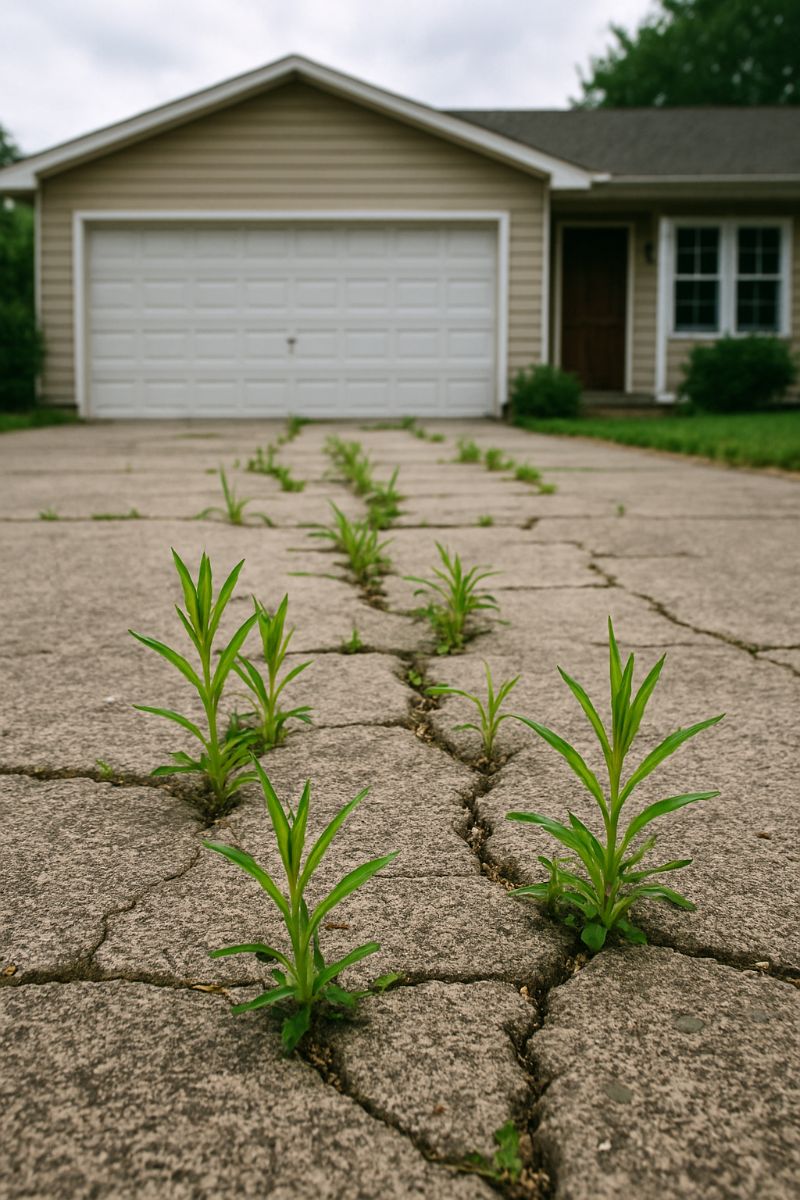These plants not only suppress weeds but also improve soil health by adding organic matter and nutrients as they grow and decompose. Living mulch can also help retain moisture and provide habitat for beneficial insects, further enhancing the garden’s ecosystem.
8. Grandma’s Favorite Weed-Resistant Plants
Over the years, my grandma has identified several plants that are particularly effective at resisting weeds. Perennials like hostas and daylilies form dense clumps that leave little room for weeds to grow. Similarly, ornamental grasses such as blue fescue and switchgrass provide excellent ground coverage.
In her vegetable garden, she favors robust growers like squash and zucchini, which quickly spread their large leaves to shade out weeds. By choosing plants that naturally outcompete weeds, my grandma reduces the need for manual weeding.
9. Using Natural Herbicides Safely and Effectively
While my grandma prefers to rely on natural methods, she occasionally uses natural herbicides to tackle stubborn weeds. Vinegar and salt solutions are her go-to options, as they are effective at killing weeds without harming the environment.
To use these safely, she applies them directly to the leaves of weeds on a sunny day, ensuring that the solution does not come into contact with her desirable plants. By using natural herbicides sparingly and with precision, she maintains a healthy balance in her garden.
10. The Importance of Regular Garden Maintenance
Regular maintenance is crucial to keeping a garden weed-free. My grandma dedicates a few minutes each day to inspect her garden, removing any weeds that have managed to sprout. By staying on top of weed growth, she prevents them from becoming a larger problem.
In addition to weeding, she regularly checks her mulch levels, replenishes as needed, and ensures her plants are healthy and well-watered. This consistent care not only keeps weeds at bay but also promotes a thriving garden.
11. How to Adapt the Technique for Different Climates
Adapting my grandma’s gardening technique to different climates involves understanding the specific challenges and opportunities each environment presents. In arid regions, for example, conserving water is crucial, so she recommends using drought-tolerant plants and drip irrigation systems to minimize evaporation.
In cooler climates, selecting cold-hardy plants and using row covers can extend the growing season and protect against frost. By tailoring her approach to the local climate, my grandma ensures her garden remains productive and weed-free, no matter where it’s located.

